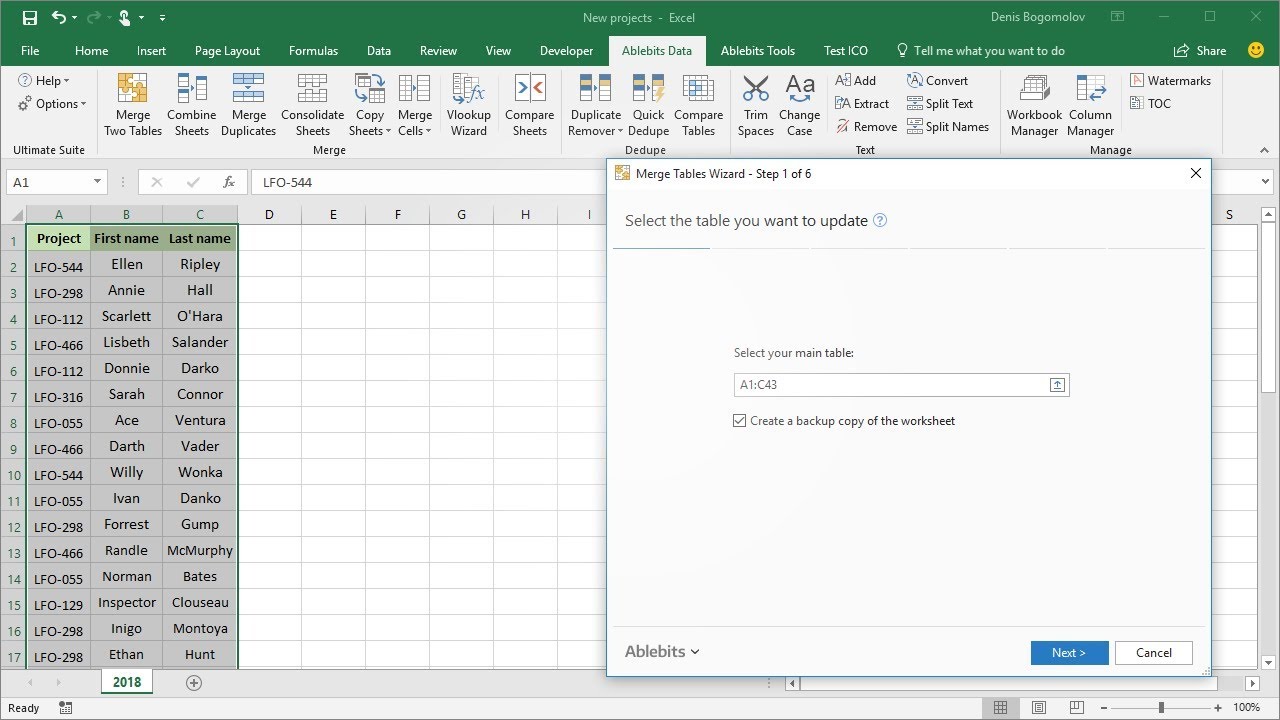Combine Multiple Excel Sheets in One Workbook Easily

Why Combine Multiple Excel Sheets into One Workbook?

Efficiency is key when dealing with data in today’s business environment. Combining multiple Excel sheets into one workbook streamlines data management, making it easier to analyze, share, and work collaboratively. Whether you’re compiling sales reports, managing inventory, or simply organizing your project data, merging sheets into a single workbook reduces complexity and ensures data consistency across departments.
Benefits of Merging Excel Sheets:

- Improved Data Integrity: Minimizes the risk of errors from multiple versions of documents.
- Enhanced Collaboration: Team members can access, edit, and update data from a single source.
- Streamlined Analysis: Facilitates comparison and analysis of data sets.

Step-by-Step Guide to Merging Multiple Excel Sheets

Step 1: Prepare Your Files

Before you start merging:
- Ensure all spreadsheets you want to combine are saved in the same directory or folder. This simplifies the process, especially when working with multiple files.
Step 2: Open Excel and Prepare the Master Workbook

- Open Excel and create a new workbook or select an existing one to act as the master workbook where all sheets will be merged.
Step 3: Using Excel's "Consolidate" Feature

Excel’s built-in Consolidate function is an effective way to combine data:
- Go to the Data tab.
- Select Consolidate.
- Choose the function you want to use (e.g., Sum, Average, Max, etc.)
- Add the ranges or entire worksheets from other workbooks. Make sure to enable the option to link to the source data if you need to update data later.
💡 Note: Consolidate works best for numerical data; for text data, you might need to use Power Query or VBA.
Step 4: Alternative Methods

Power Query (Get & Transform Data)
- Open the workbook in which you want to combine sheets.
- Select the Data tab and click Get Data > From File > From Workbook.
- Select and load the relevant sheets into your workbook, then transform or append data as needed.
VBA Script
For advanced users or when dealing with large numbers of files:
- Write a VBA macro to loop through each file in the directory, open each file, copy its contents, and paste them into the master workbook.
Sub MergeExcelFiles()
Dim FolderPath As String, FilePath As String
Dim ws As Worksheet
Dim wbSource As Workbook
FolderPath = "C:\YourFolderPath\"
FilePath = Dir(FolderPath & "*.xls*")
Application.ScreenUpdating = False
Do While FilePath <> ""
Set wbSource = Workbooks.Open(FolderPath & FilePath)
For Each ws In wbSource.Worksheets
ws.Copy After:=ThisWorkbook.Sheets(ThisWorkbook.Sheets.Count)
Next
wbSource.Close False
FilePath = Dir
Loop
Application.ScreenUpdating = True
End Sub
⚠️ Note: Be cautious with VBA, as it can be complex for beginners or without proper error handling.
Additional Tips for Efficient Data Management

Data Structuring

- Ensure uniform headers across all sheets to simplify merging.
- Use consistent data types to avoid merging errors.
Regular Data Clean-Up

- Regularly remove duplicates, correct errors, and validate data to keep your workbook accurate and efficient.
Consider Version Control

- Use version control tools or cloud solutions to manage and merge changes made by multiple team members.
Merging multiple Excel sheets into one workbook not only saves time but also reduces the complexity of data management. Whether you opt for Excel’s native features or delve into VBA scripting, the process streamlines workflow, enhances data integrity, and fosters better collaboration. Remember to structure your data correctly, clean it regularly, and consider using version control systems for a more seamless merging experience. By following these steps and tips, you’ll be well on your way to mastering Excel’s data consolidation capabilities.
Can I merge Excel sheets with different formats or structures?

+
Yes, but with caveats. If structures differ significantly, use Excel’s Power Query for better control over merging different data sets. Ensure headers are consistent or can be mapped for successful integration.
Is there a limit to how many Excel files I can merge?

+
While Excel itself doesn’t have an official limit on file merging, practical limitations arise due to performance issues. Excel can handle hundreds of sheets in one workbook, but consider merging in batches or using a more robust database system for extremely large datasets.
How do I keep the merged workbook up to date with changes from source files?
+
Use Excel’s Consolidate feature with the link to the source data option enabled, or set up a Power Query to refresh data automatically. For complex setups, consider using VBA macros with external file triggers to update the master workbook.